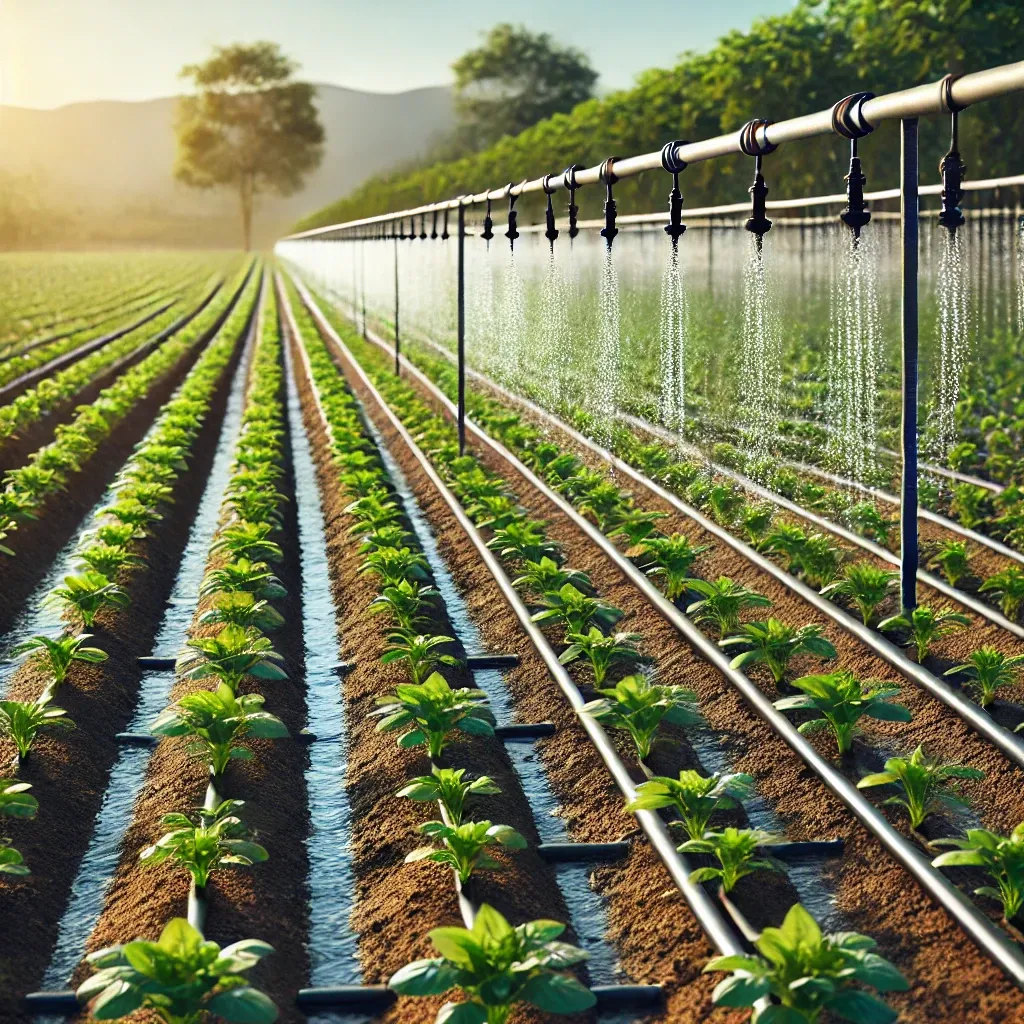In the heart of India’s agricultural landscape, a quiet revolution is taking root, one that promises to redefine the way farmers manage water—a resource as precious as the crops themselves. At the forefront of this transformation is the integration of Internet of Things (IoT) technology into drip irrigation systems, a development that is capturing the attention of agritech enthusiasts and industry leaders alike. A recent review published in *Discover Agriculture* sheds light on this burgeoning field, offering insights into the architectures, machine learning models, and emerging trends that are shaping the future of smart agriculture.
The review, led by Nikita Jaiswal of the Department of Civil Engineering at Ajay Kumar Garg Engineering College (AKGEC), examines how IoT-driven automated drip irrigation systems are optimizing water conservation, crop productivity, and environmental resilience. “The integration of IoT in drip irrigation represents a transformative leap toward sustainable agriculture,” Jaiswal explains. “By enabling real-time monitoring, predictive analytics, and resource optimization, these systems are addressing the pressing challenges of climate change and food security.”
The study highlights several case studies, including Microsoft’s AI-driven initiative in Andhra Pradesh, which demonstrated significant improvements in yield and water savings. “We saw a 30% increase in yield and up to 70% water savings through IoT-based systems,” Jaiswal notes. Such successes underscore the potential of precision farming technologies to revolutionize the agriculture sector.
Machine learning techniques, including K-Nearest Neighbors (KNN), Support Vector Machines (SVM), Artificial Neural Networks (ANN), and Random Forest (RF), have further refined irrigation scheduling, achieving over 98% accuracy. These advancements are not just academic exercises; they hold tangible commercial impacts for the agriculture sector. Farmers can now make data-driven decisions that optimize water usage, reduce costs, and enhance crop yields.
However, the path to widespread adoption is not without its challenges. High initial investment, connectivity limitations, cybersecurity risks, and technical complexity are significant barriers. “Addressing these challenges through cost-effective solutions, policy interventions, subsidies, and farmer training programs will be crucial,” Jaiswal emphasizes.
The review also identifies key research gaps, such as the absence of standardized benchmarks, open datasets, and scalable frameworks. These gaps restrict the transition from pilot-scale studies to large-scale real-world adoption. Despite these hurdles, the evolution toward Industry 5.0, with its emphasis on human–machine collaboration, AI-powered AgroBots, and energy-efficient smart irrigation solutions, underscores the future of precision agriculture.
As the agriculture sector grapples with the realities of climate change and food security, the integration of IoT and AI in drip irrigation systems offers a beacon of hope. The research published in *Discover Agriculture* not only highlights the current state of the art but also points the way forward, inspiring further innovation and collaboration in the field. With continued investment and support, the vision of sustainable, data-driven agriculture can become a reality, benefiting farmers and consumers alike.

